- Automobiles & Motorcycles
- Beauty & Personal Care
- Business Services
- Chemicals
- Construction & Real Estate
- Consumer Electronics
- Electrical Equipment & Supplies
- Electronic Components & Supplies
- Energy
- Environment
- Excess Inventory
- Fashion Accessories
- Food & Beverage
- Furniture
- Gifts & Crafts
- Hardware
- Health & Medical
- Home & Garden
- Home Appliances
- Lights & Lighting
- Luggage, Bags & Cases
- Machinery
- Measurement & Analysis Instruments
- Mechanical Parts & Fabrication Services
- Minerals & Metallurgy
- Office & School Supplies
- Packaging & Printing
- Rubber & Plastics
- Security & Protection
- Service Equipment
- Shoes & Accessories
- Sports & Entertainment
- Telecommunications
- Textiles & Leather Products
- Timepieces, Jewelry, Eyewear
- Tools
- Toys & Hobbies
- Transportation
Hybrid Inverter Explained: Understanding Its Features and Functionality
A hybrid inverter is a vital component in modern renewable energy systems, particularly those that incorporate solar power and battery storage. This article provides a comprehensive overview of hybrid inverters, delving into their features and functionality. By understanding how hybrid inverters work, you can make informed decisions when designing and implementing renewable energy solutions for your home or business.
What is a Hybrid Inverter?
A hybrid inverter is an advanced device that combines the functionalities of a grid-tied inverter and an off-grid inverter. It seamlessly integrates solar power generation, battery storage, and the utility grid, offering versatile operation modes to optimize energy usage and ensure uninterrupted power supply.
Features of Hybrid Inverters:
2.1 Solar Power Integration:
Sunplus Hybrid inverters are designed to efficiently convert the DC (direct current) electricity generated by solar panels into AC (alternating current) electricity for use in homes or businesses. They enable the seamless integration of solar power into the energy system, reducing reliance on the utility grid and maximizing self-consumption.
2.2 Battery Storage Compatibility:
One of the key features of hybrid inverters is their ability to connect with battery storage systems. They enable the charging and discharging of batteries, allowing excess solar energy to be stored for later use during periods of low solar production or grid outages. This enhances energy independence and resilience.
2.3 Grid-Tied Operation:
Hybrid inverters can operate in grid-tied mode, allowing the system to export excess solar energy back to the grid. This facilitates net metering or feed-in tariffs, enabling users to receive credits or financial incentives for the surplus electricity they supply to the grid.
2.4 Backup Power Functionality:
Further reading:Exploring Low Voltage Shunt Capacitors
Types of TFT Display Modules: Comparison and Selection Guide
What is a snap mount capacitor?
Understanding the Benefits and Advantages of Electric Fence Energizers
Which features make a portable power station with an LFP battery an ideal choice for outdoor adventures?
Encapsulated Transformer: Redefining Power Distribution for a Sustainable Future
What are Types and Applications of Lithium Batteries?
In the event of a power outage, hybrid inverters can automatically switch to backup power mode, drawing energy from the connected battery storage system to power critical loads. This feature ensures uninterrupted electricity supply and enhances energy security.
Functionality of Hybrid Inverters:
3.1 Power Flow Management:
Hybrid inverter intelligently manage the flow of electricity between the solar panels, batteries, and the grid. They prioritize the utilization of solar energy for self-consumption, ensure efficient charging and discharging of batteries, and seamlessly switch between grid power and backup power when required.
3.2 Energy Monitoring and Control:
Many hybrid inverters come with advanced monitoring and control features. Users can monitor the system's energy production, consumption, and battery status through intuitive interfaces or smartphone apps. They can also adjust system settings and operational modes to optimize energy usage and maximize savings.
3.3 Smart Energy Management:
Hybrid inverters often incorporate smart energy management capabilities, such as load shifting and time-of-use optimization. These features allow users to schedule high-energy-consuming tasks during periods of ample solar power generation or low electricity rates, further enhancing efficiency and cost-effectiveness.
Conclusion:
Hybrid inverters play a crucial role in integrating solar power generation, battery storage, and the utility grid. With their versatile features and advanced functionality, they enable optimized energy usage, enhance self-sufficiency, and provide backup power during outages. By understanding the features and functionality of string inverters, individuals and businesses can harness the benefits of renewable energy systems to achieve greater energy independence and sustainability.
Further reading:Advantages and Applications of OLED Display Modules
Exploring the Efficiency and Reliability of Eltek Rectifier Modules
How to Install LED Neon Flex: Step-by-Step Guide
How to Choose the Right Hybrid Inverter for Your Home or Business?
Utilizing SOM as the Heart of Your Device: A Journey to Innovation
Effective Uses of Emergency Power Packs: Homes, Offices, and Outdoor Events
Exploring the Different Types of Resistors
Related Articles
If you are interested in sending in a Guest Blogger Submission,welcome to write for us!




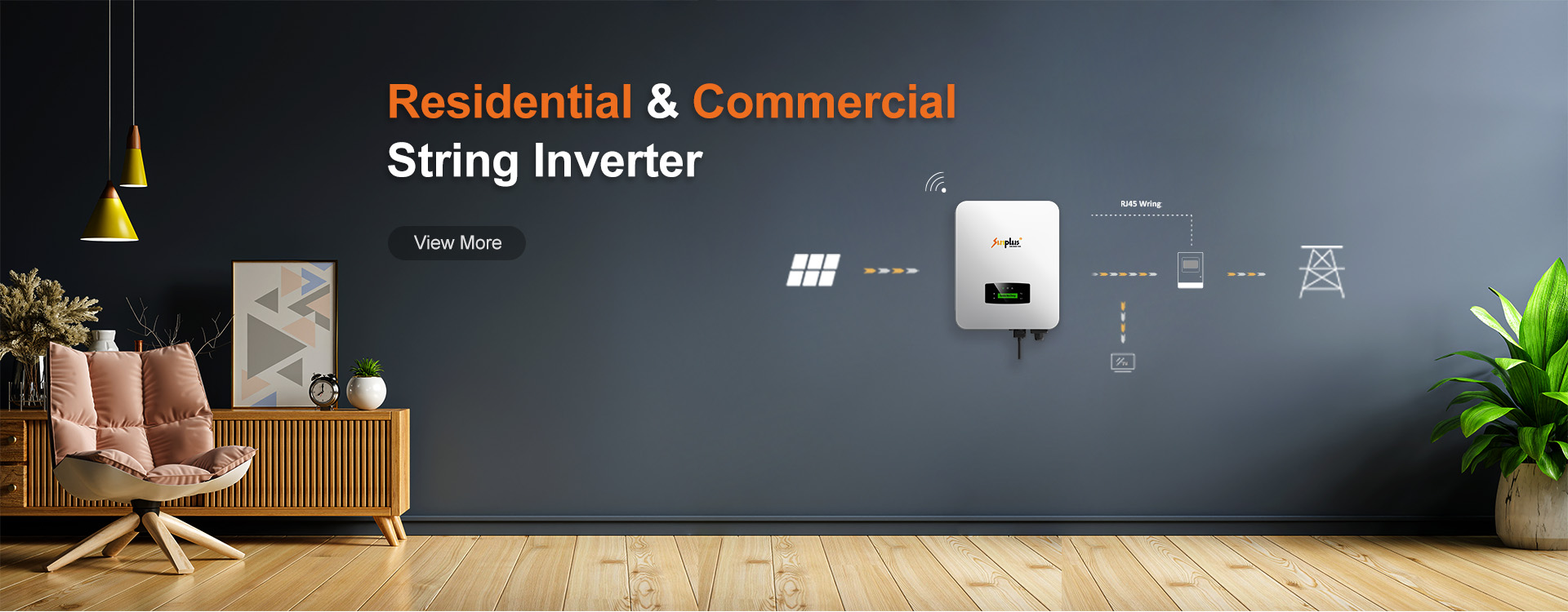
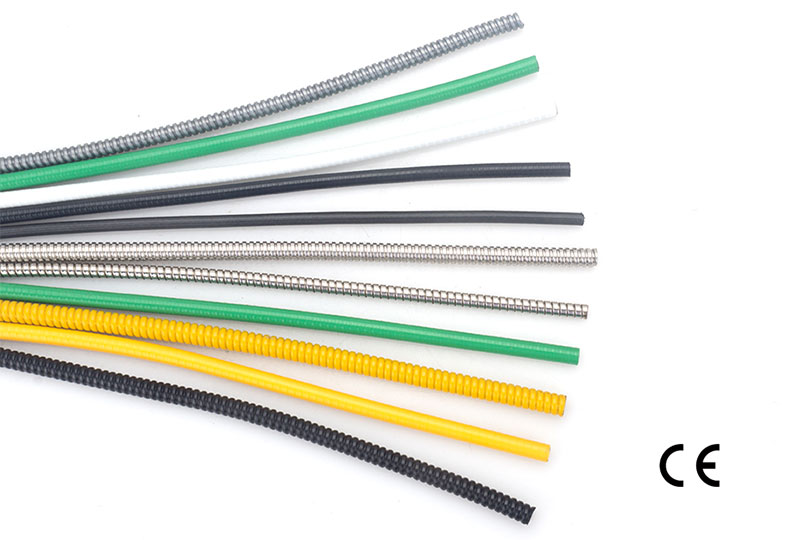
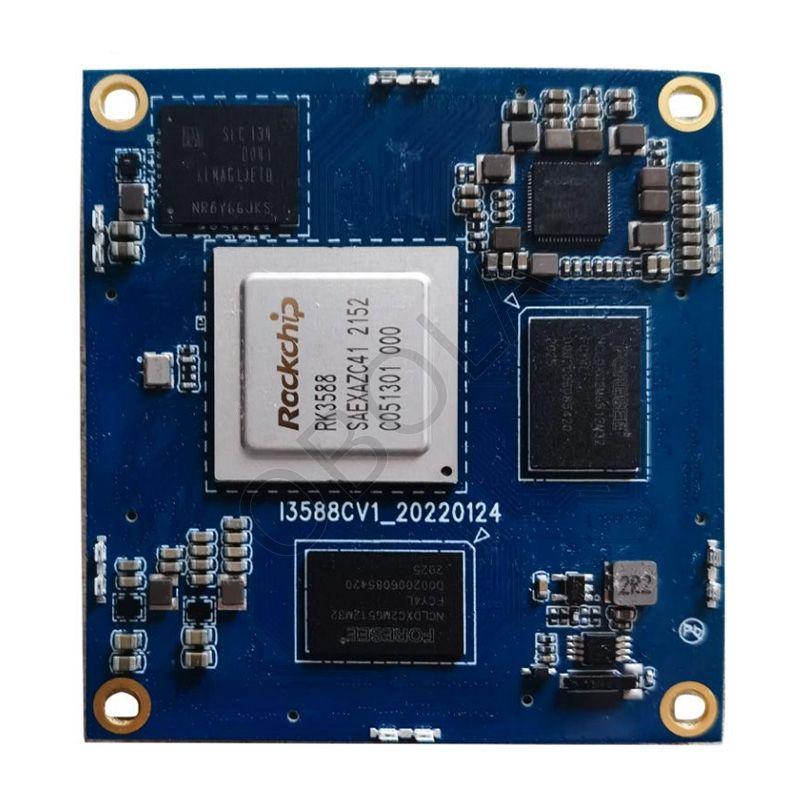
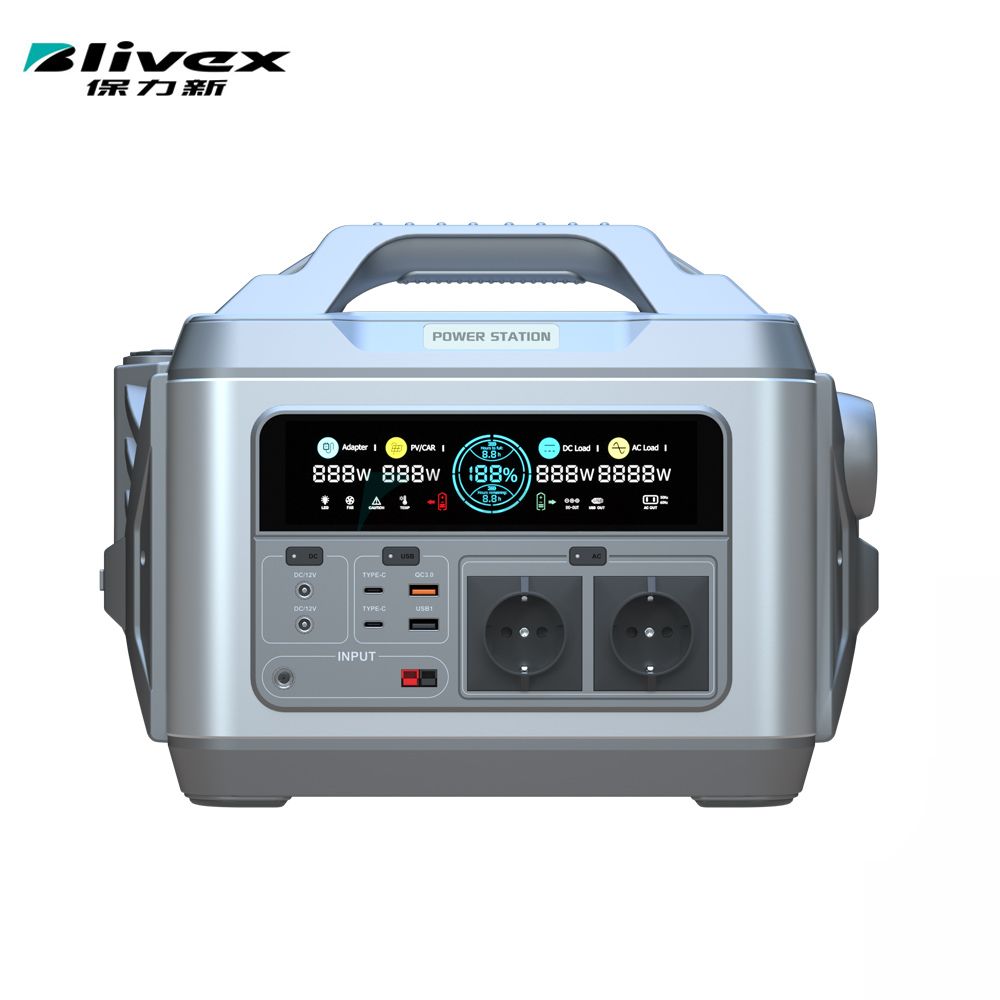

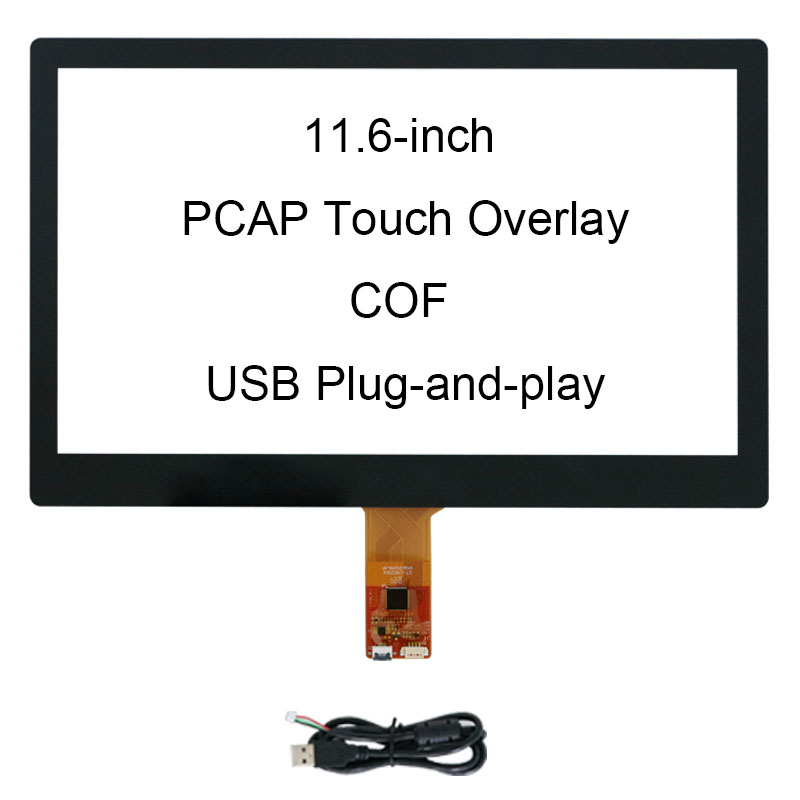
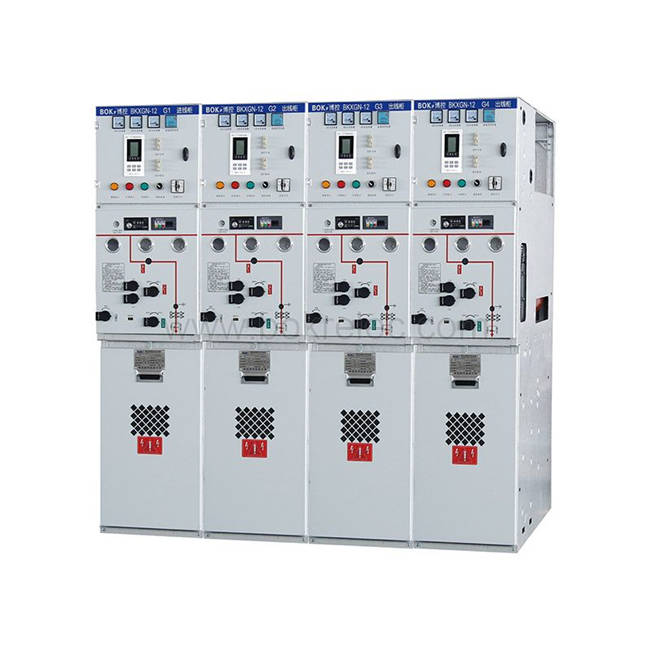
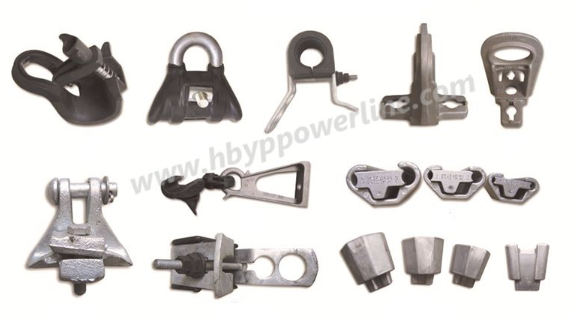
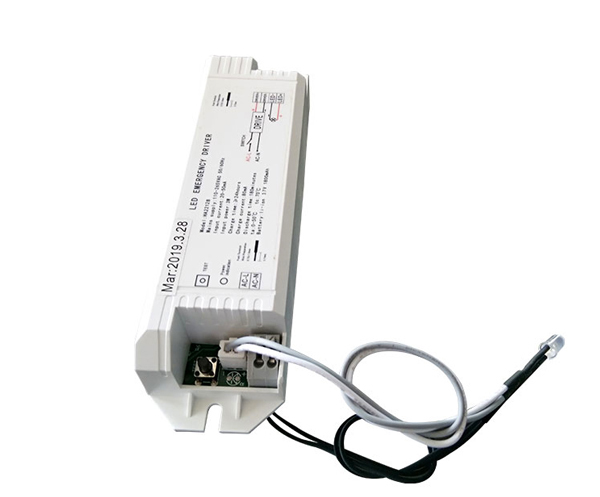
Comments
0